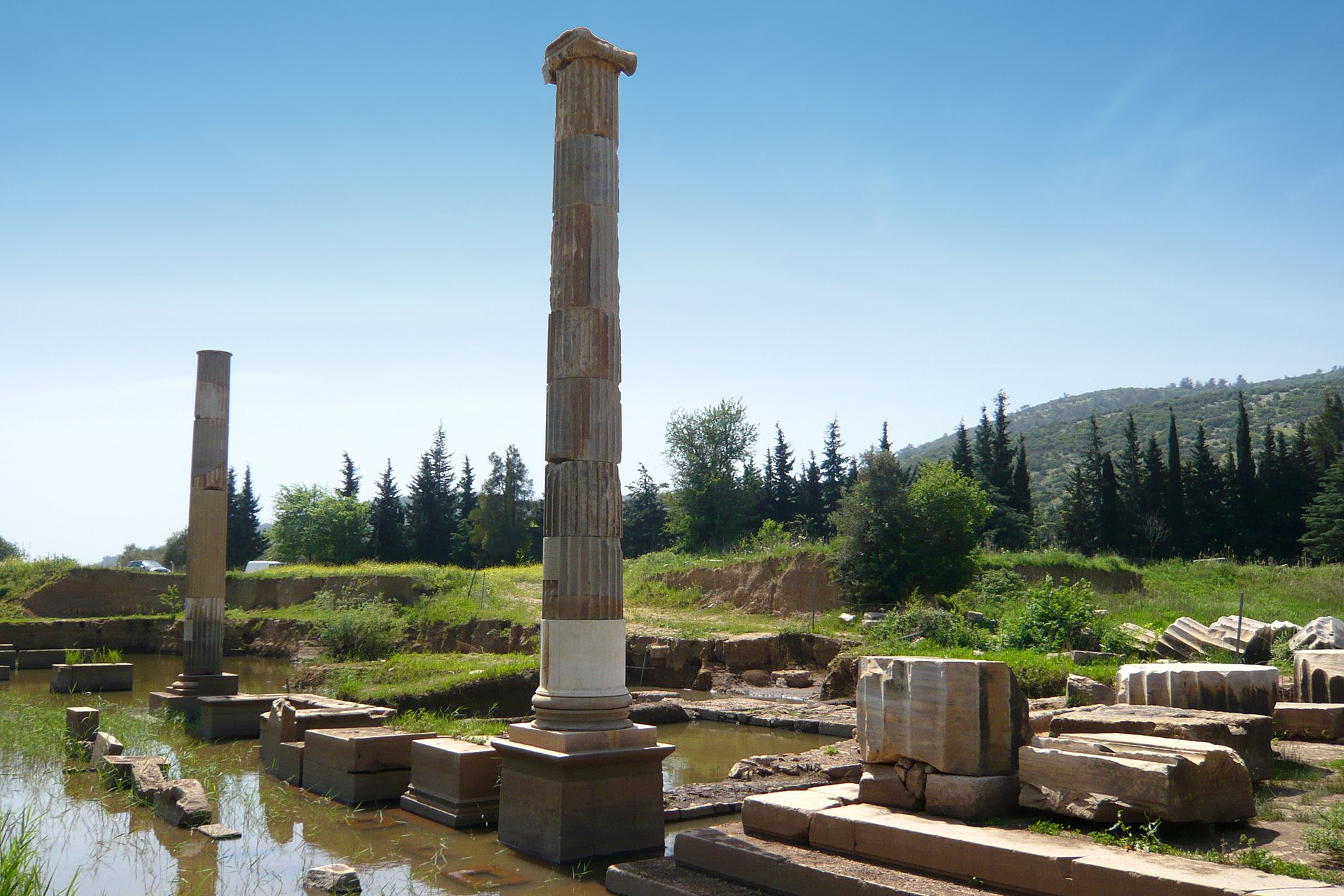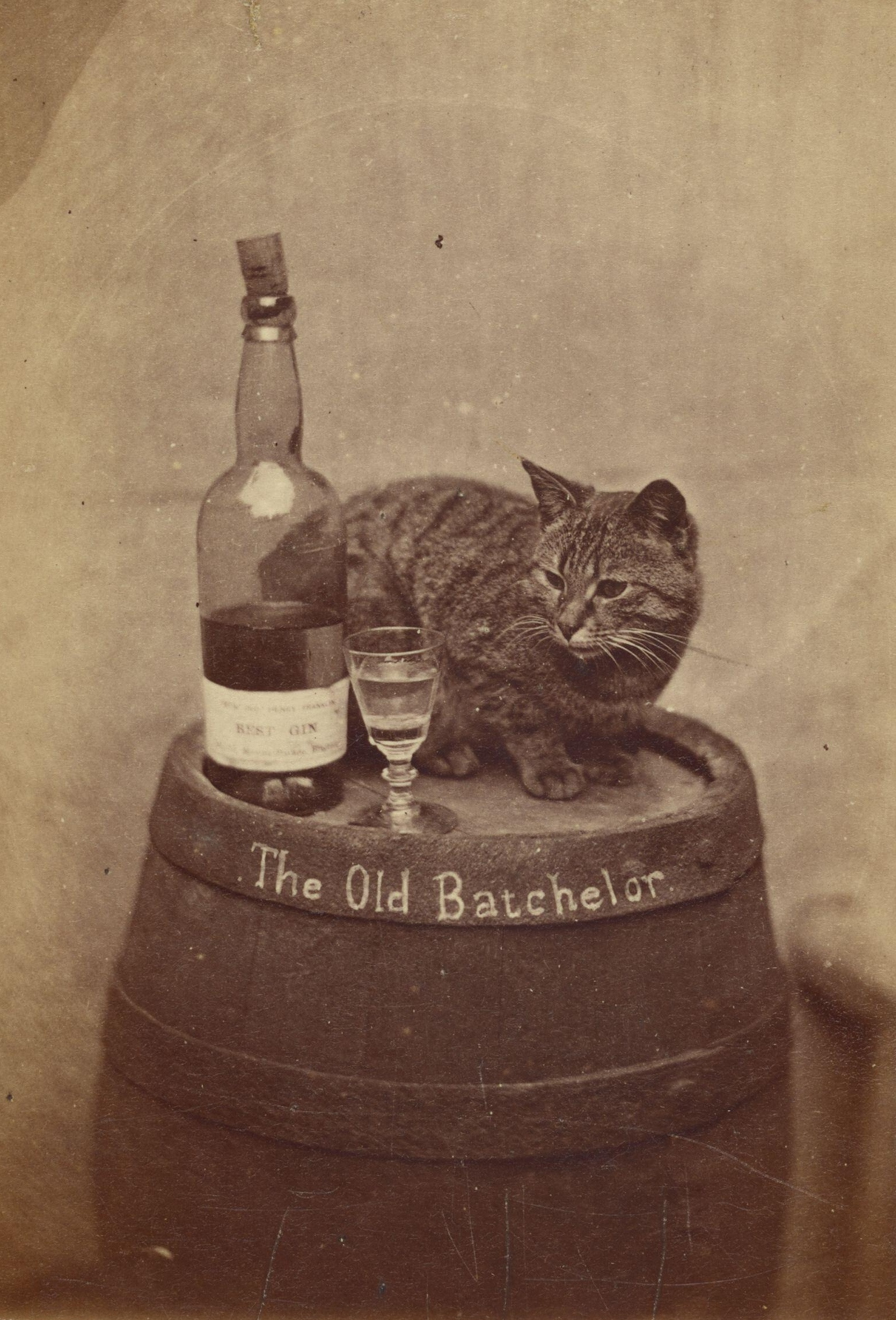Excavations at the Claros Sanctuary stand as the enduring legacy of Ege University’s Archaeology Department, according to Associate Professor Onur Zunal, who leads the excavation efforts. These excavations unearth artifacts and illuminate the historical significance of Claros as a center of prophecy in antiquity.
Situated within İzmir’s Menderes neighborhood, the Claros Sanctuary holds a paramount position as one of Ionia’s most sacred sites and the oldest oracle center, affirmed by the extensive excavations conducted over time.
Nestled in the southern expanse of Menderes, within the Ahmetbeyli Valley, Claros commands a strategic location linking the plains to the Gulf of Kuşadası in the south. This valley, a crucial thoroughfare, facilitated transportation between Smyrna and Ephesus. Claros itself lies 13 kilometers north of Kolophon and 1.6 kilometers south of Notion, pivotal urban centers of antiquity.
Reflecting on the inception of research in Claros, Zunal recounted, “According to ancient records and archaeological findings, the inaugural systematic investigation of Claros, dating back to the 13th century B.C., was spearheaded by Carl Schuchhardt in 1886. Subsequently, Theodor Macridy initiated the first excavation in 1907, commencing after a modest probing of the eroded surface, revealing the solitary column beneath the sediment.”
“Between 1950 and 1961, Loius Robert and Jeanne Robert conducted significant excavations, followed by Juliette de La Genière’s endeavors from 1988 to 1997. Since 2001, Ege University’s faculty members and personnel have continued the meticulous excavation, research, and restoration endeavors. Under the guidance of Nuran Şahin from 2001 to 2019, and subsequently under my stewardship since 2020, these efforts persist,” he concluded.







